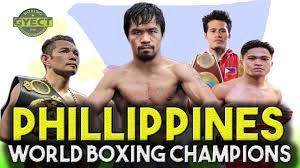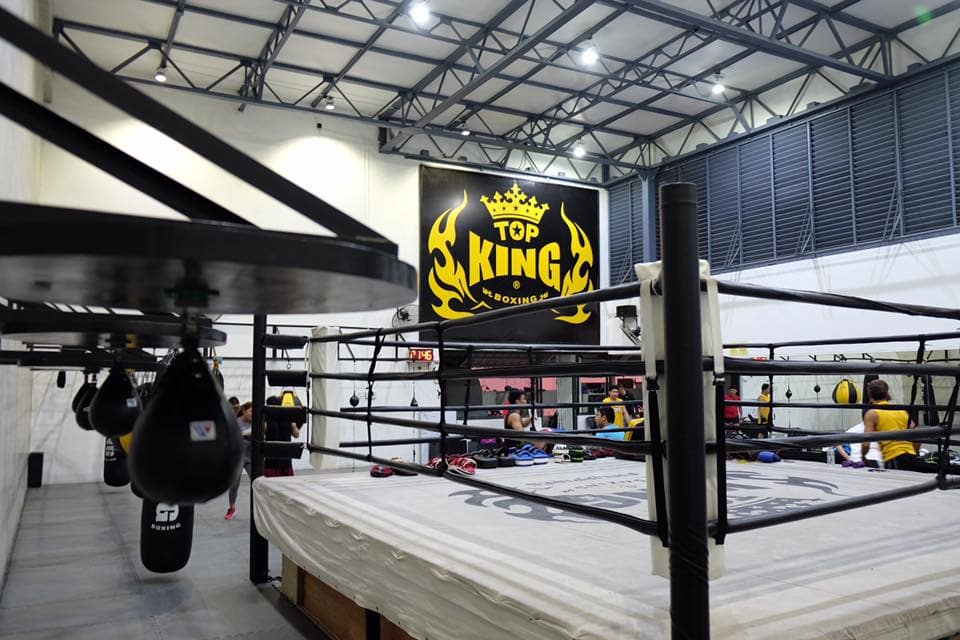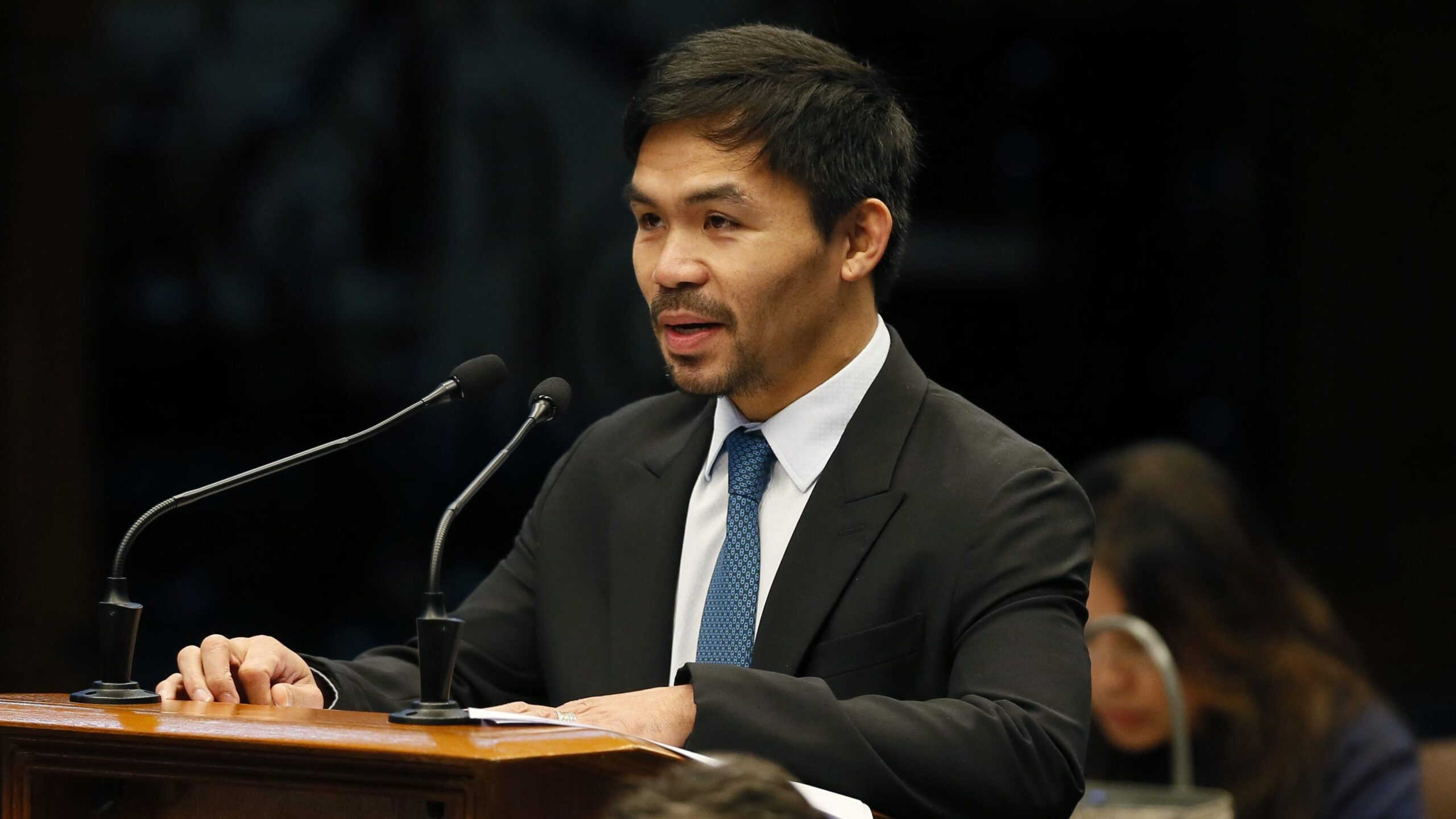Manny Pacquiao (Senator Manny Pacquiao, actually) is obviously the face of Filipino boxing to the world. However, it is truly impossible to understand how Pacquiao came to be the superstar he is without understanding where he came from. The elite Filipino boxing gym I attended gave me a unique insight as to how the Philippines created Pacquiao, and how the country is creating the Pacquiaos of the future.
I found my way to the Philippines from Eastern Europe because of the similarities in martial sport styles the two regions have. For some reason, both EE and the Philippines prefer stand up striking to ground and pound. As a natural striker myself, I always want to gain new skills on my feet. Ideally, I want to be Chuck Liddell in his prime - enough ground game to be respectable, but his real skill was never letting you take him down in the first place.
Boxing and the Philippines
Filipinos are known as short men. The average male height in the country is 5'3", according to statistics from the Association of Southeast Asian Nations DNA. However, Filipinos are known around the world for their skills on the basketball court and in the boxing ring - both sports that give height a sizeable advantage.

Source: YouTube.com
The Philippines have the most Olympic basketball wins of any country outside of the Americas, Europe and Oceania. The Philippines have the most countrymen in the Boxing Hall of Fame out of any country in Asia.
The country has produced 42 noted world champions in boxing, including Pacquiao, Ceferino Garcia, Pancho Villa and Flash Elorde. As I write this, Filipino men hold three major world boxing championships.
So how did this short country get so good at boxing?
The Culture of the Philippines
Although the economy of the Philippines is looking up due to tourism and new business investment, the country as a whole is still poor. Basketball and boxing are two sports that require very little gear to play. As a result, you will see most idle kids in the streets hooping or shadowboxing. These two sports provide the easiest way for kids to stay out of trouble while parents scrounge up their daily bread.
Since most kids grow up on these two sports, they gain a great love of it in their later years. I found many young Filipinos in my boxing gym as their daily after school activity. The men who could afford it came to classes out of habit - they had been doing it since children. Many of them had no other place to go.
The Gym
The average skill level of a Filipino boxer far outpaces the average Western male. Honestly, the only advantage that an untrained Westerner has over a Filipino in a street fight is height. However, many of the gyms in Manila (the capital city) are run down when compared to Western gyms. The gloves are taped together, as are the heavy bags. The speed bags have those huge red numbers that you may remember from the goof-speedbag in your local childhood arcade.
Only boxers who show an exceptional amount of talent are given the opportunity to train in the gym that I frequented in my four weeks in Manila. The cost was around 4,000 Philippine peso (approximately USD $80) per month. This is too much for the average Filipino. Many of the boxers that I met were sponsored by entire villages or at least well-off family members.

Source: Image Elite Boxing Facebook Page
The gym featured air conditioning and relatively modern gear, something the majority of the Philippines does not have. Most importantly, the gym featured excellent trainers. While the average Filipino far outpaces the average Westerner in boxing talent because of culture, Filipinos begin to fall behind during their formative years because of lack of training.
Training was an extra cost on top of the gym cost, around $100 per month. This is something that the average Filipino definitely cannot afford. Nor can the trainers afford to do too much pro bono work. The result - although the resources are right there, very few people have the ability to make it happen.
The Next Champion
Despite this reality, Filipinos have a huge sense of national pride. The few who make enough to hire a trainer are treated like heroes in the gym. Honestly, they have responsibilities far beyond staying alive in a ring. They are put there to bring back honor and resources to their families and villages. The pressure is palpable.
Many of these boxers wanted to train with me because of my height and reach (I towered around 5 inches taller than most of them). Honestly, they took it easy on me, but thanked me for the practice in dealing with a taller person with a reach advantage.
I sparred with quite a few up and coming prodigies, some teenagers, some young men. They took the pressure differently. Some seemed to come alive under it, and others - well, you could tell they weren't going to make it. The trainers seemed to pick up on this energy as well. They directed most of their attention to the boxers who thrived on hardship.
In this way, the Philippines will see many more boxing champions. There may not be many resources to go around, but those resources are definitely directed at the right people. Look for more Pacquiaos to come from this admirable country in the future. These are people who may be short in stature, but reach for the stars - we can all learn from them.



